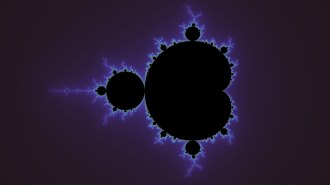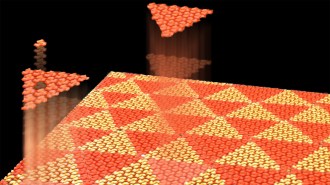Seeing in four dimensions
Mathematicians create videos that help in visualizing four-dimensional objects
- More than 2 years ago
Three dimensions can be so limiting.

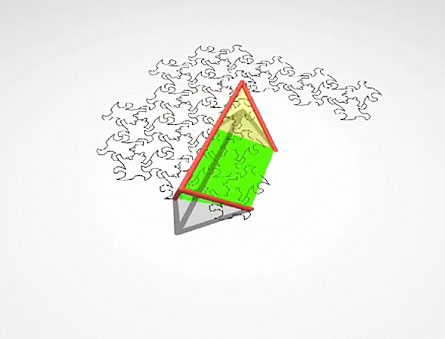

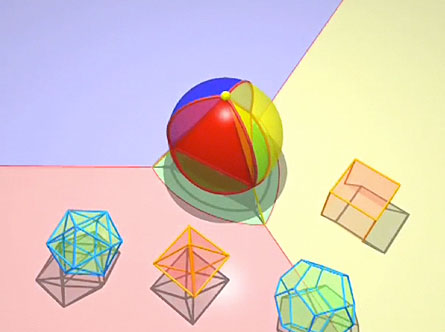
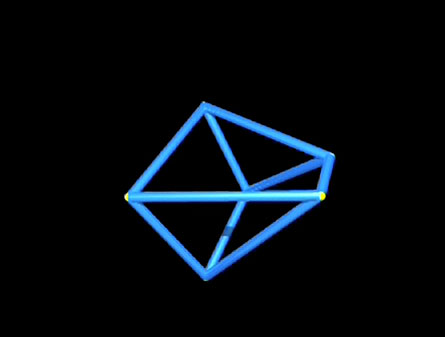
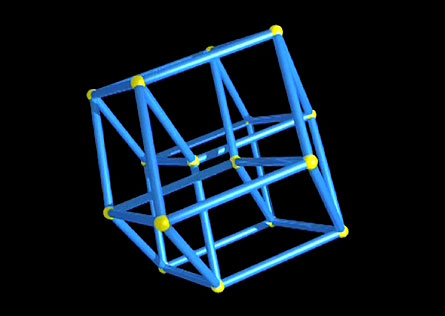
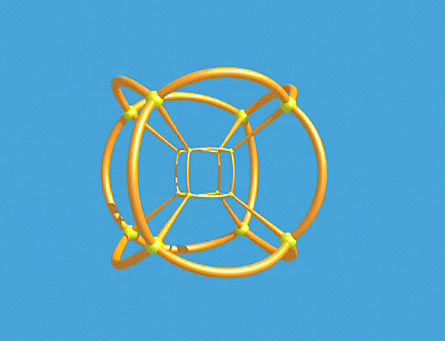
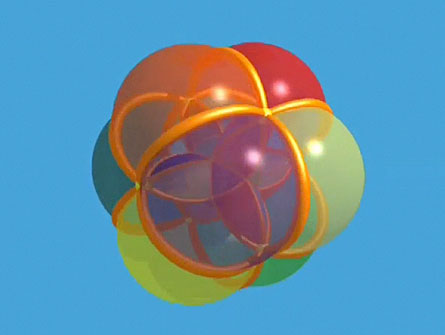
This method, it turns out, is remarkably easier. The tetrahedron outlines on the surface of the sphere are kept roughly the same when they’re projected, so its triangles are recognizable as three-sided shapes on the plane (though they’ve become rather curvy). This makes it far easier to imagine the three-dimensional object from its two-dimensional image.
So can any of these techniques help us visualize Schläfli’s 600-sided, four-dimensional shape? Using a computer, Ghys first passes Schläfli’s regular, four-dimensional shapes through three-dimensional space and looks at the three-dimensional “slices” created. This helps a bit, but just as in two dimensions, it’s not easy to assemble an image of the higher-dimensional shape this way. Next, he draws the three-dimensional “shadows” of the four-dimensional objects. This turns out to be much better: Rotating the objects around to see different facets of them can give a pretty good feeling for their shapes. Finally, he uses stereographic projection. The idea is the same as projecting from three to two: You blow the four-dimensional shape up into a ball, and then you place a light at the “north pole” and project the image down into three dimensions. That process is all-but-impossible for us to visualize, just as the process of projecting a three-dimensional ball would be impossible for the lizards to imagine. The results, though, are gloriously easy to make sense of. Well, at least relatively so. “You have to practice,” Ghys says. “I’ve been thinking in dimension four for 30 years now.” The videos are all available free at www.dimensions-math.org . The videos go on to show how we can visualize imaginary numbers geometrically, how fractal patterns emerge in the Mandelbrot set and Julia sets, and how beautiful and complex shapes can be built up from circles.